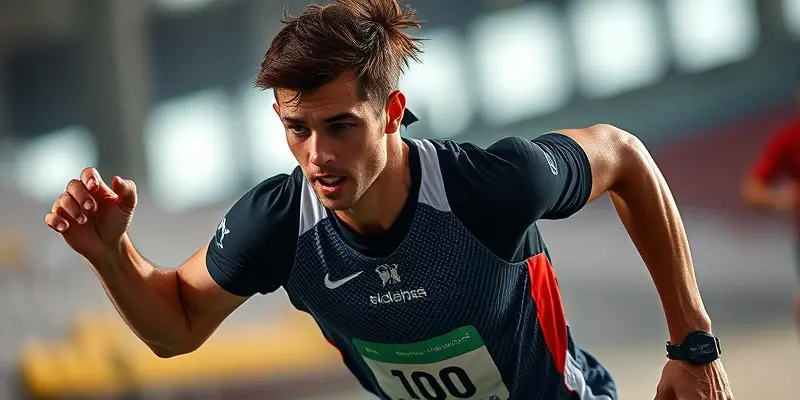Injury Risk Screening & Recovery: Smart Steps for Every Athlete
When you think about your fitness journey, what’s the biggest roadblock? For many, it’s not a tough workout or a lack of motivation—it’s getting sidelined by an injury. Whether you’re a weekend warrior, an aspiring athlete, or just starting out, recovery and injury prevention should be at the top of your priority list. That’s where injury risk screening comes in: a science-backed, proactive step that can keep you moving safely and confidently.
Understanding Injury Risk Screening
So, what exactly is injury risk screening? Imagine it like a routine checkup for your movement health. Before problems happen, screening tools help you and your coach spot weak links and movement flaws that could make you more likely to get hurt.
Common Screening Tools
- Functional Movement Screen™ (FMS): Assesses basic movement patterns (like squats and lunges) to find imbalances.
- Y Balance Test (YBT) / Star Excursion Balance Test (SEBT): Tests your single-leg balance in different directions.
- Landing Error Scoring System (LESS): Looks at how you jump and land—crucial for athletes in jumping sports.
- Drop Jump & Tuck Jump Assessments: Evaluate explosive movement quality and stability.
These assessments highlight things like poor balance or muscle asymmetry—factors linked to injuries like sprains or strains.
Screening is Not a Crystal Ball
Here’s an important truth: No movement screen can predict injuries with 100% accuracy. Injury risk is influenced by a web of factors—previous injuries, training load, even your mental state. What screens do best is flag existing deficits and guide you toward safer, stronger movement habits.
How Screening Supports Recovery & Ongoing Progress
Detect Vulnerabilities Early
Screening is like catching a small crack in your windshield before it turns into a spiderweb. You identify weak spots (tight hamstrings, unstable ankles, etc.) before they result in missed gym time.
Guide and Track Your Progress
By repeating screenings during training or rehab, you can see improvements or catch new issues early. Trainers use this info to adjust your workload or rehab plan—a personalized road map to faster, safer recovery.
Build Athlete-Coach Trust
Regular screening is also a chance to connect. It’s a time for honest conversation, education, and shared goal-setting, which studies show helps you stick to injury prevention programs and stay motivated during rehab.
Best Practices for Injury Prevention and Recovery
Key Strategies for Every Athlete
- Prioritize rest and gradual return: Don’t rush back after injury; let your tissues rebuild.
- Evidence-based rehab: Follow proven protocols—mobility, balance, and strength work—tailored to your needs.
- Balance your program: Mix up cardio, strength, flexibility, and skills training to avoid overuse.
Supporting Tools and Strategies
- Self-care aids: Foam rollers and massage guns can reduce soreness and improve circulation.
- Wearables and Apps: Use tech to monitor movement and progress during rehab.
- Nutrition for Recovery:
- Protein: Essential for muscle repair.
- Vitamin C & Zinc: Aid tissue healing. For more on vitamin C, check out The Power of Vitamin C in Recovery and Injury Prevention.
- Omega-3s: Help control inflammation.
Practical Tips for Common Injuries
- Strains and Sprains: Ease back in with gentle range-of-motion and strengthening exercises.
- Ligament Injuries (e.g., ACL): Neuromuscular training (like balance drills) can lower your risk for repeat injuries.
- Overuse Injuries: Listen to your body and space out intense sessions to avoid burnout.
Mind Matters Too
The brain is as important as the body—use mental imagery, set small goals, and lean on your social circle. This boosts your emotional health and primes you for a strong comeback.
Conclusion: A Smarter, Safer Path Forward
Injury risk screening isn’t about eliminating all risk or predicting the future. Think of it as putting on a seatbelt—extra protection so you can focus on chasing your goals, not setbacks. Integrate screening, solid recovery habits, and a proactive mindset into your approach, no matter your sport or level.
Your body is your most valuable training tool. Take care of it, stay curious, and enjoy the journey to becoming a stronger, more resilient you.
Written by GymPulse Club’s lead trainer. Drawing on the latest sports science and a decade of experience helping athletes at every level thrive.

